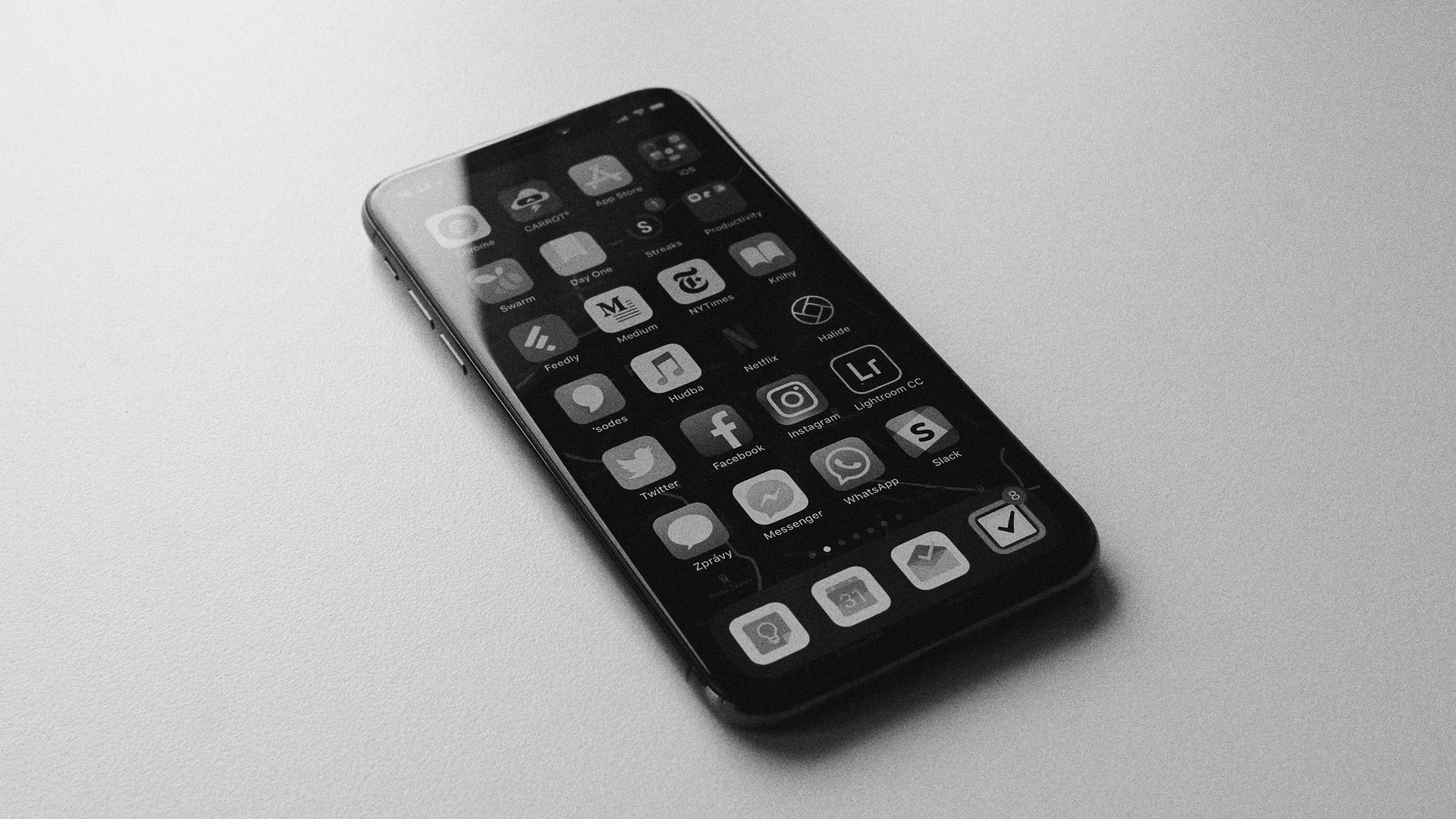The rise of the Appstore Era began in 2008 when Apple launched the Appstore for its new iPhone App and introduced the concept of Appstore as a monetisation model. The Appstore model has been a huge success for Apple. Over the past 10 years, it has generated over 100 billion US$ in sales. However, the Appstore model is no longer the only monetisation model offered by mobile App stores. Other monetisation models include:
- Subscriptions
- In-app Purchases
- Paid Apps
Additionally, mobile App stores have been evolving into Platforms. In fact, the Appstore model is just one of the monetisation model offered by the Google Play Store, which is also a platform. The rise of the Appstore era has given rise to the notion of Apps being the primary way to interact with a smartphone, and that isolated single-task apps are the primary way to interact with a smartphone.
However, we are now entering an App-less era. This is a different approach to mobile single-task apps. The idea is that fewer Apps are installed on a phone as a stand alone App. Instead, tasks are performed using functionalities that are either part of the OS (Operating System) of the device or the functionality is embedded in already existing Apps. Thus, the user does not have the need to install another app.
As such, the App-less era is characterised by:
- Inexpensive smartphones, with a large screen, allowing the use of the smartphone as a computer for many tasks (such as editing a document, for example), without the need to install a dedicated app to perform the task.
- The use of the smartphone’s inbuilt apps for a variety of tasks, including messaging (e.g. Whatsapp), photo sharing (e.g. Google Photos), video sharing (e.g. Facebook, Instagram), booking (e.g. Airbnb), and many others.
- The rise of a new generation of services, which are based on Apps that are not dedicated single task Apps. These services use the smartphone’s inbuilt Apps as “interfaces” or “frontends” for a new generation of services.
The App-less era is not just about the rise of a new generation of services. It is also about the rise of a new generation of applications. These applications are not standalone apps, but are part of a larger service. One example of these “applications that are not standalone apps” is the one offered by Google itself, Google Maps.
The Google Maps service is composed of 3 distinct parts:
- The Google Maps Android App
- The Google Maps API
- The Google Maps Web Service
All of these 3 parts are available for developers to access using the Google Maps Platform. From the perspective of a developer, Google Maps is a platform that can be used to build applications without the need to install a standalone Google Maps app and offers a set of web services and APIs that can be used to build mapping-centric applications.
Ephemeral Apps are App-less platform “Apps”: they provide access to a service without needing to install another App. Users automatically have access to ephemeral apps when they “enter” the context of the emphemeral app. For example, setting up a smart speaker defines the context in which the ephemeral app is made available on the platform. Here, the context is the smart speaker itself: by scanning a barcode on the smart speaker, the user installs the ephemeral app and accesses the smart speaker setup service. Upon completion of the setup, the app is removed from the smartphone of the user.
Disclaimer: This article was partially generated by OpenAI beta. It’s part of an ongoing experiment to see how AI assisted writing works in practise.
